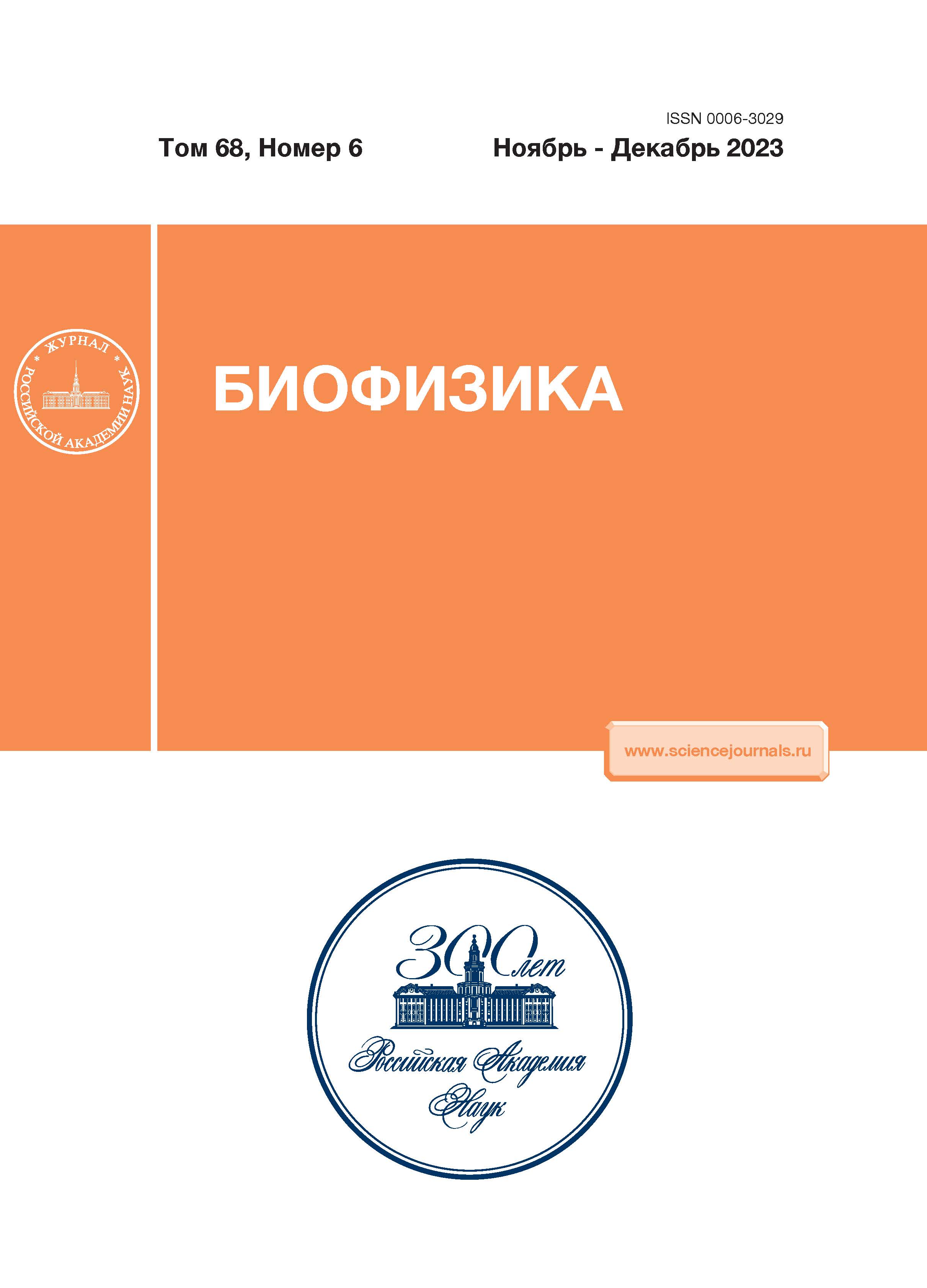Interaction of magnesium ions with semiquinone radicals of tiron used as an indicator of reactive oxygen species
- Authors: Ustynuyk L.Y.1, Medvedeva V.A1,2, Liubimovskii S.O3, Ruuge E.K1,2, Tikhonov A.N1
-
Affiliations:
- Lomonosov Moscow State University
- E.I. Chazov National Medical Research Center for Cardiology, Ministry of Health of the Russian Federation
- A.M. Prokhorov General Physics Institute, Russian Academy of Sciences
- Issue: Vol 68, No 6 (2023)
- Pages: 1107-1116
- Section: Articles
- URL: https://journals.rcsi.science/0006-3029/article/view/249669
- DOI: https://doi.org/10.31857/S0006302923060017
- EDN: https://elibrary.ru/ROAOII
- ID: 249669
Cite item
Abstract
About the authors
L. Yu Ustynuyk
Lomonosov Moscow State University
Email: leila_ust@mail.ru
Moscow, Russia
V. A Medvedeva
Lomonosov Moscow State University;E.I. Chazov National Medical Research Center for Cardiology, Ministry of Health of the Russian FederationMoscow, Russia
S. O Liubimovskii
A.M. Prokhorov General Physics Institute, Russian Academy of SciencesMoscow, Russia
E. K Ruuge
Lomonosov Moscow State University;E.I. Chazov National Medical Research Center for Cardiology, Ministry of Health of the Russian FederationMoscow, Russia
A. N Tikhonov
Lomonosov Moscow State University
Email: an_tikhonov@mail.ru
Moscow, Russia
References
- B.Commoner, J. Townsend, and G. E. Pake, Nature, 174 (4432), 689 (1954).
- D. Harman, Proc. Natl. Acad. Sci. USA, 78 (11), 7124 (1981).
- A. N. Ledenev, A. A. Konstantinov, E. Popova, and E. K.Ruuge, Biochem.Int., 13 (2), 391 (1986).
- M. A. Hemminga, Chem. Phys. Lipids, 32 (3-4), 323 (1983).
- M. Otto, J. Stach, R. Kirmse, and G. Werner, Talanta, 28 (5), 345 (1981).
- F. A. Taiwo, Spectroscopy, 22 (6), 491 (2008).
- R. W. Miller and F. D. H. Macdowall, Biochim. Biophys. Acta, 387, 176 (1975).
- И. В. Григолава, М. Ю. Ксензенко, A. A. Константинов и др., Биохимия, 45 (1), 75 (1980).
- О. В. Коркина и Э. К. Рууге, Биофизика, 45 (4), 695 (2000).
- A. L. Dudylina, M. V. Ivanova, K. B. Shumaev, and E. K.Ruuge, Cell Biochem. Biophys., 77, 99 (2019).
- A. V. Peskin, Yu. A. Labas, and A. N. Tikhonov, FEBS Lett., 434 (1-2), 201 (1998).
- S. O. Liubimovskii, L.Yu. Ustynyuk, and A.N. Tikhonov, J. Mol. Liq., 333, 115810 (2021).
- D. N. Laikov, Chem. Phys. Lett., 281 (1-3), 151 (1997).
- Д. Н. Лайков, Дисс.. канд. физ.-мат. наук (МГУ имени М.В. Ломоносова, М., 2000).
- J. P. Perdew, K. Burke, and M. Ernzerhof, Phys. Rev. Lett., 77 (18), 3865 (1996).
- L. N. Ikryannikova, L. Yu. Ustynyuk, and A. N. Tikhonov, J. Phys. Chem. A, 108 (21), 4759 (2004).
- L. N. Ikryannikova, L. Yu. Ustynyuk, and A. N. Tikhonov, Magn. Reson. Chem., 48 (5), 337 (2010).
- Дж. Вертц и Дж. Болтон, Теория и практические приложения метода ЭПР (Мир, М., 1975).








